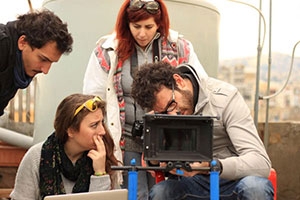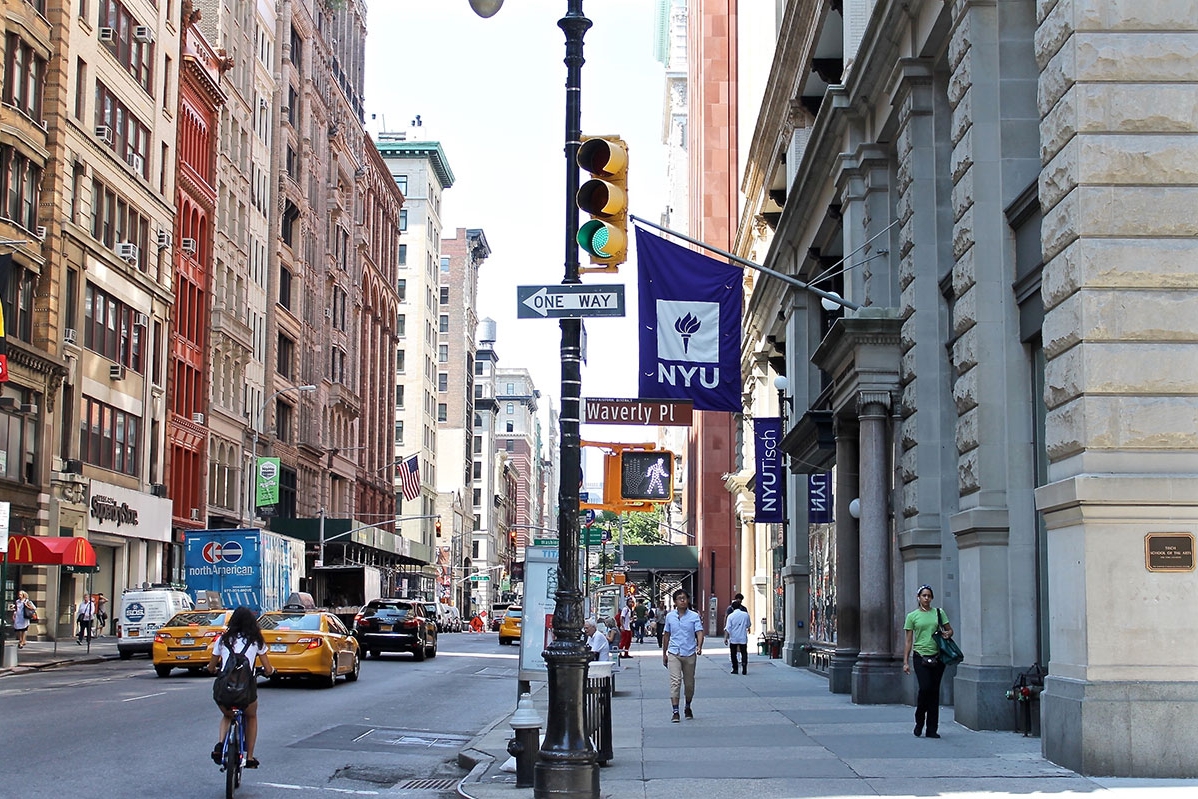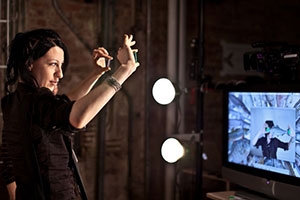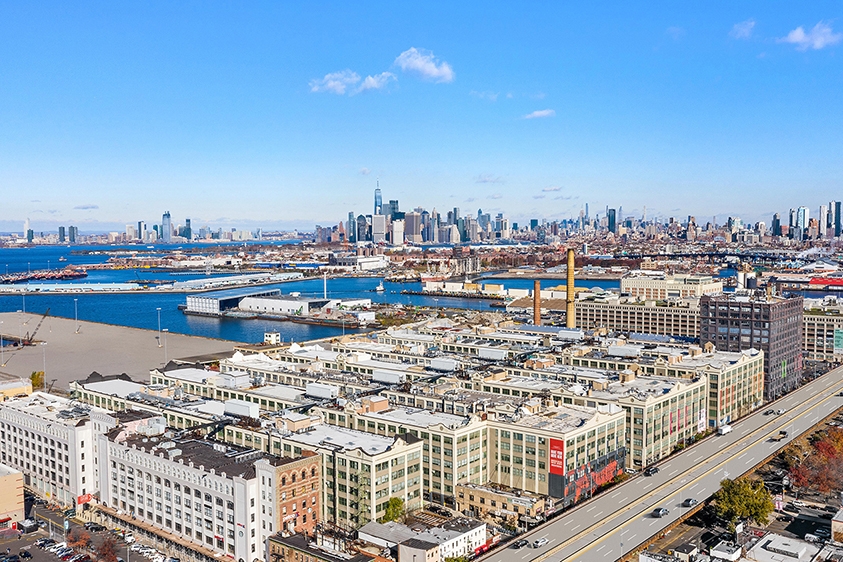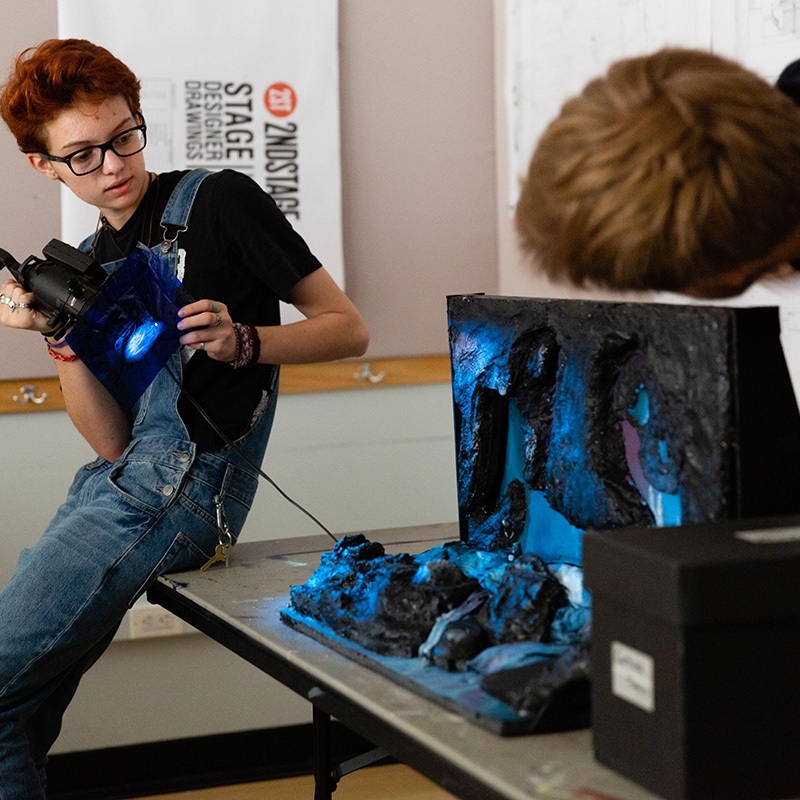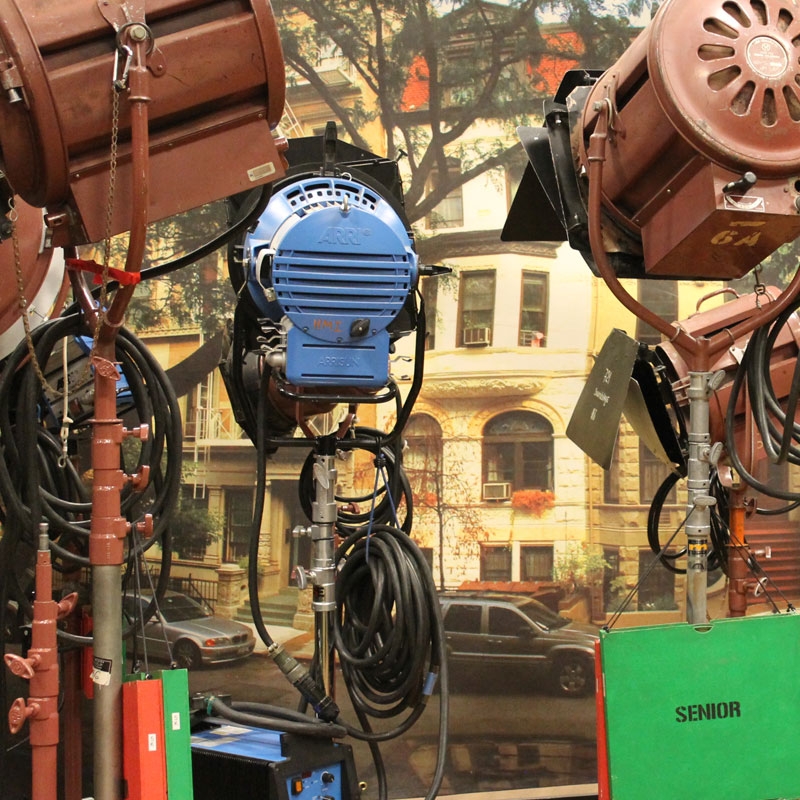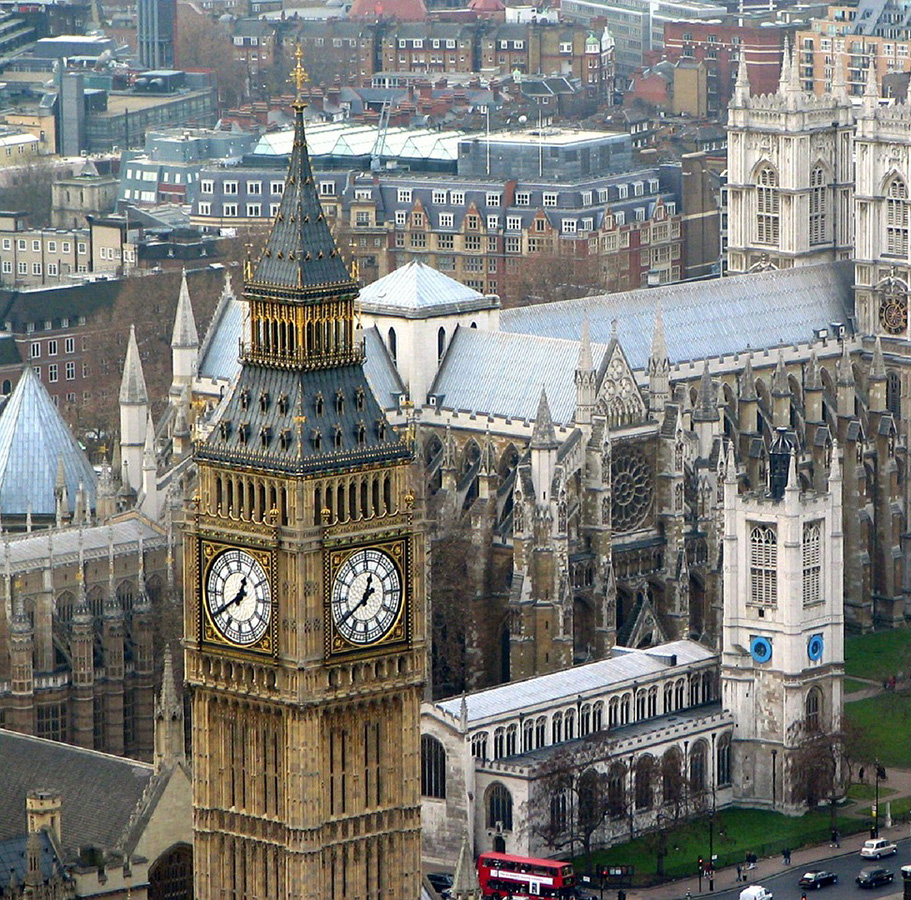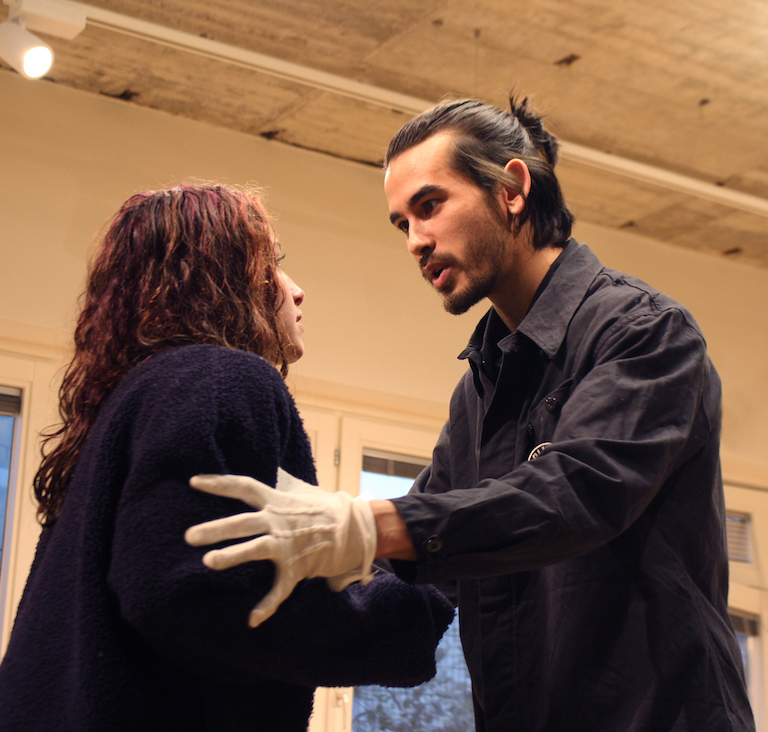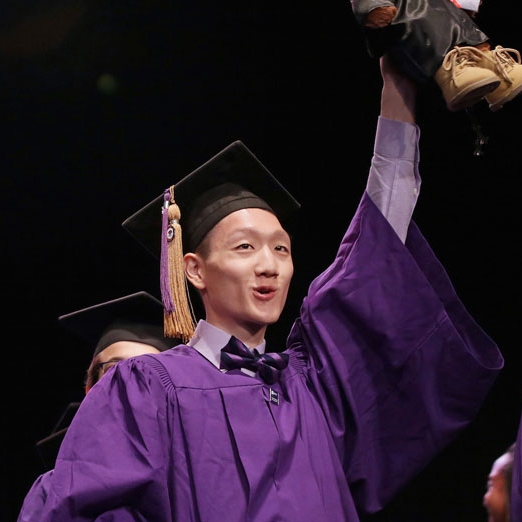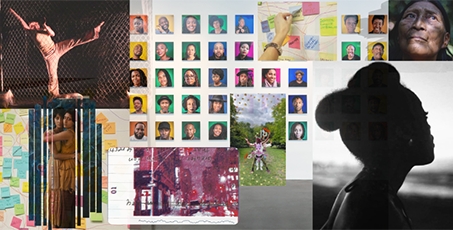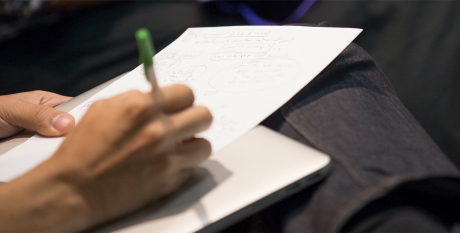We are a diverse department embracing multiple perspectives, and our students work in virtually all modes of analog and digital photo-based image making and new media.
The Department of Photography & Imaging is centered on the making and understanding of images. We offer a wide-range of traditional and new media photo-based studio and critical studies courses designed to teach students how to see, think, and take creative risks while finding their own voice. Situated within a university, our program offers students both the intensive focus of an intensive arts curriculum and a broad grounding in the liberal arts.
Freshman Year
The freshman curriculum includes three studio courses: Photography & Imaging: Analog, Photography & Imaging: Digital, and Contemporary Imaging Practice
(formally Visual Thinking). These courses provide students with a foundation in black-and-white photography, color photography, digital imaging techniques, darkroom and digital printing, an introduction to visual literacy, and strategies to think and create graphically. Students are introduced to a wide range of tools while simultaneously working on assignments and individualized projects. A critical studies course in contemporary media called Culture, History, Imaging, and Photography Studies (CHIPS) provides an insight into the breadth of photographic culture in New York through lectures and museum/gallery visits.
Second and Third Years
Sophomores complete final studio core course, Photography & Imaging: Multimedia, and take the Critical Studies foundation courses: Social History and Aesthetic History of Photography. In consultation with advisors, students to choose from a wide variety of studio and critical studies courses depending on their interests. Beginning in their junior year, students can engage in internships with artists, commercial and documentary photographers, and at magazines, museums, galleries and agencies throughout the city. Our flexible major encourages study abroad, recommended for the junior year.
Final Year
During the fall semester, all seniors take Senior Directed Projects to develop and complete their thesis projects. A series of senior exhibitions takes place in the Department Galleries throughout the spring semester. Accompanying this show is the B.F.A. catalog, which is produced by seniors in the course Anatomy of the Book. Many seniors also take the Business of Art in addition to their internships, which offers seniors the opportunity to prepare portfolios and write grants for professional work and graduate school.
